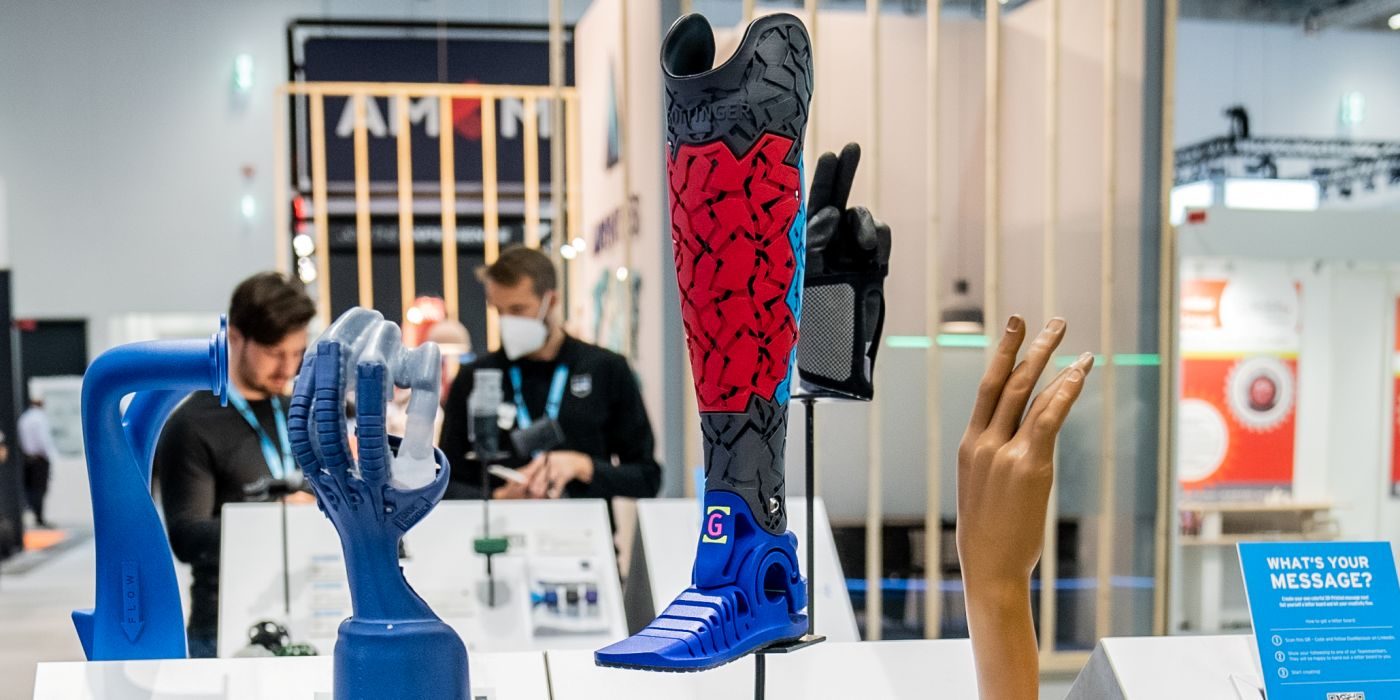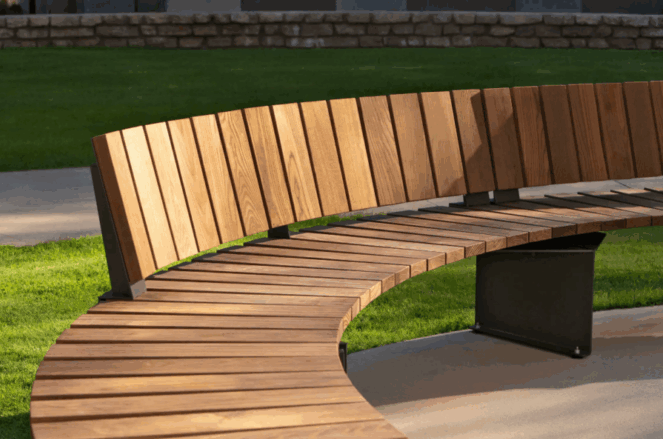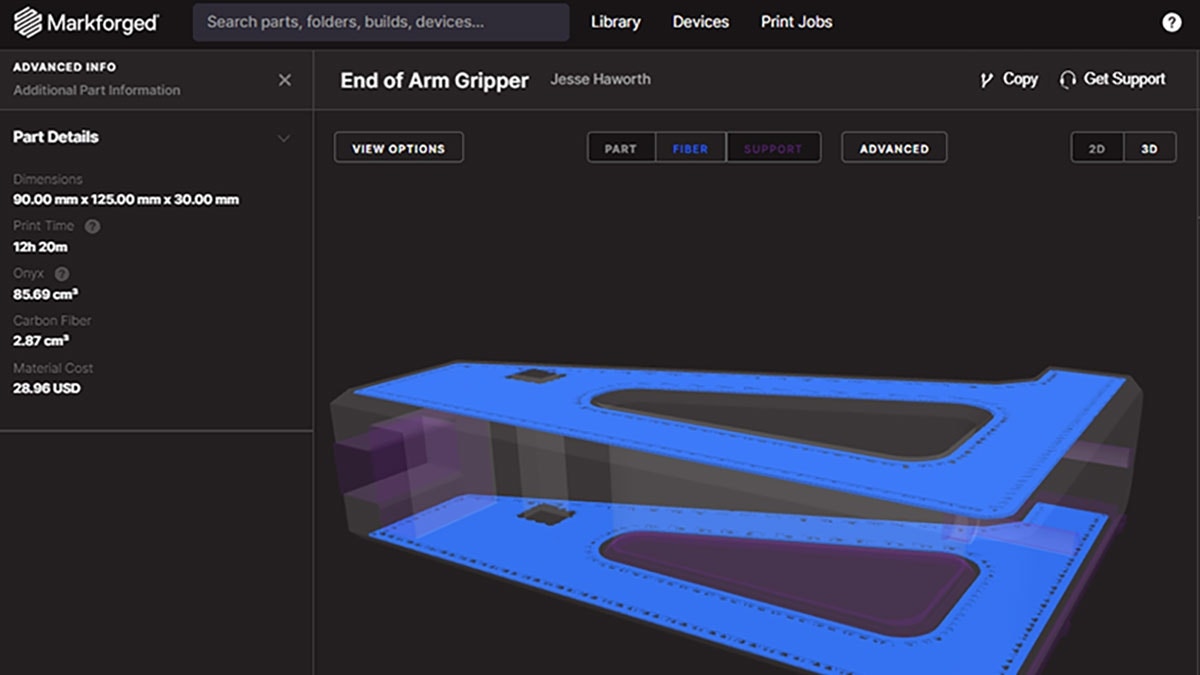In the realm of aerospace manufacturing, it is no secret that there are very real challenges to finding or changing production methods for any given project. A lot of these struggles can stem from the fact that most of the time, aerospace parts must satisfy multiple different requirements simultaneously. For example, critical parts on a UAV might have to be strong enough to withstand impacts or perform high strength maneuvers while also being light enough to account for the other parts of a payload like batteries or cameras. These same parts might also need to be made of traceable material or comply with one or more industry-standard certifications to be considered usable.
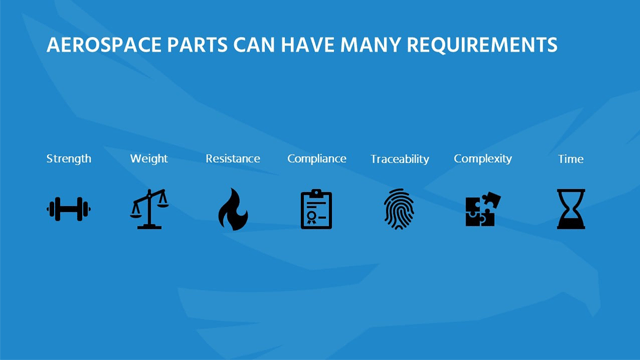
How Modern Additive Can Fit the Bill
While Additive Manufacturing has been around for less than other traditional means of manufacturing, modern additive manufacturing is flexible in how it can be used to solve aerospace production challenges. Many 3D printing methods can produce extremely complex geometries, which makes them ideal for weight or part-reduction solutions. Across the aerospace industry, high-performance materials such as composites, metals, and technical ceramics are available to be used when producing parts that require specific mechanical properties. Finally, many additive companies work to ensure that their printers and materials are aerospace-certified, even for in-flight applications.


As an in-house tool, additive manufacturing also excels at removing risk from project timelines. Even if a final product will not be manufactured using 3D printing, having the ability to rapidly prototype a concept can remove weeks or even months of outsourced turnaround time. Additive manufacturing can also be used to supplement low or mid-volume production runs, which is typically where traditional means of production can be less viable due to economies of scale. Supplementing production through manufacturing aids or even bridge tooling is also an area where additive manufacturing can excel, as these sorts of parts are often produced in extremely low quantities but are just as critical to the success of a product.
So, what are some specific additive technologies that can provide these benefits, and how feasible is it to utilize them in aerospace production? In our upcoming sections, we will explore a few specific technologies and how some aerospace companies are implementing them into their processes!
Technology Spotlight – Markforged
Our first deep dive will be with the Boston-based company Markforged. Through an extrusion-based printing process called Continuous Fiber Fabrication, Markforged composite printers are able to inlay continuous strands of fiber into a polymer matrix, forming geometry that is much stronger than either material on its own. Multiple different fiber types are available, including Fiberglass, Kevlar, and Carbon Fiber.
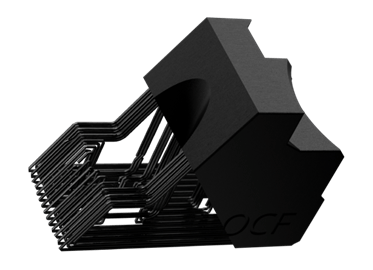
On the polymer side, Markforged also has a broad selection of materials that are considered aerospace ready. For heat-resistant applications, customers commonly use a material known as Onyx FR, a flame-retardant variant of the Markforged Onyx polymer. ULTEM™ 9085 is also printable on the large format Markforged FX20 system, as is a high-performance PEKK material known as Vega. Each of these materials have excellent Flame Smoke Toxicity (FST) ratings, and each is reinforceable with continuous strands of Carbon Fiber – making already strong materials far stronger.
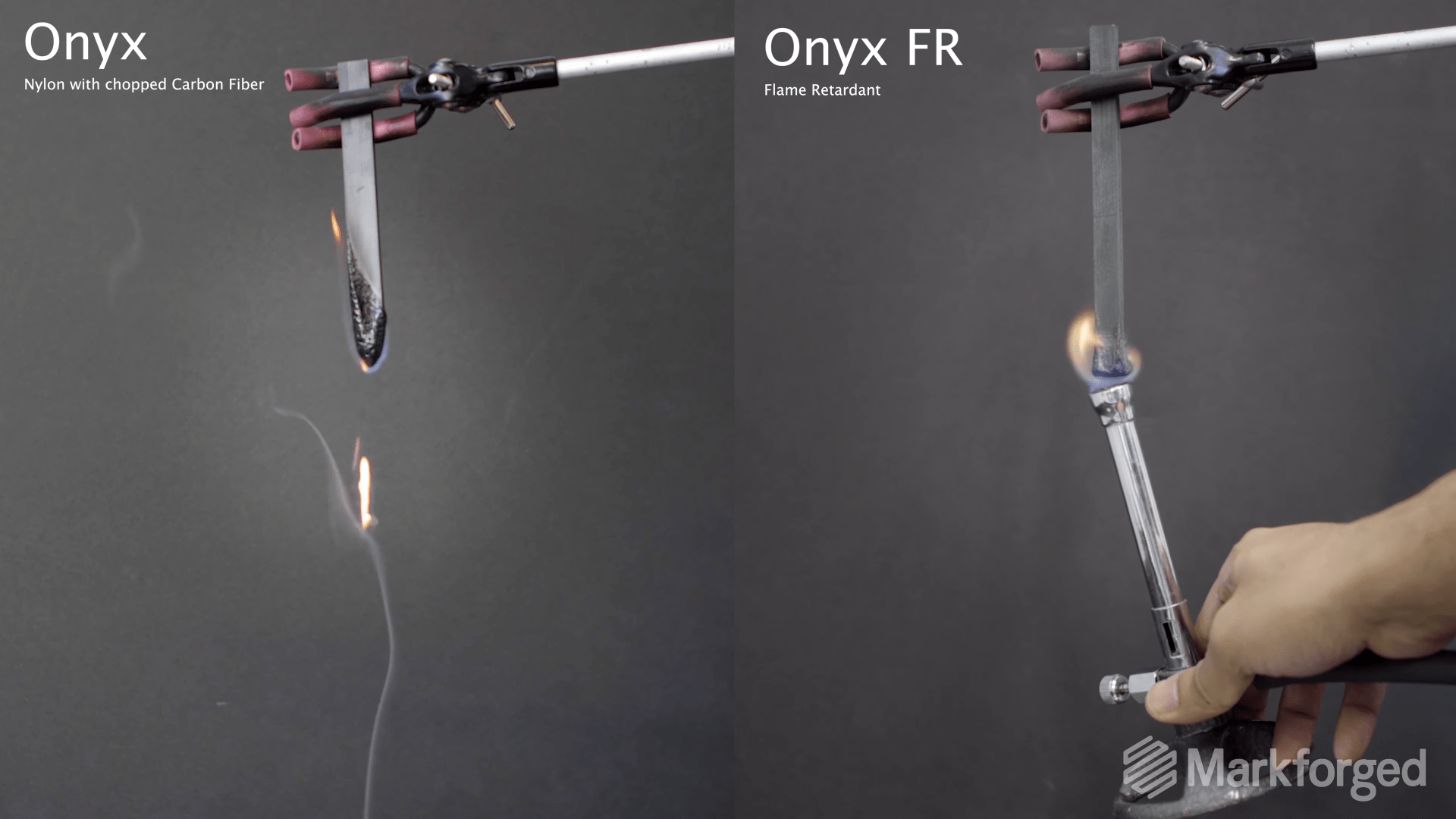
With a great combination of mechanical properties and FST performance, Markforged-printed parts are often used as functional prototypes or even end-use parts. Because of their strength and rigidity, they are also commonly used as manufacturing aids such as jigs, fixtures, or CMM gauges. Due to the performance of their aerospace materials, Markforged parts can also be utilized in an in-cabin capacity.
Application Spotlight – Aerospace Organizations Using Additive
In the closing section of today’s blog, we will look at a few aerospace companies utilizing the additive manufacturing technologies we overviewed and how moving to 3D printing has improved their overall process. Feel free to use these examples as inspiration to see if anything in your organization might benefit from being produced by additive manufacturing.
Markforged Case Study – Cabin Management Solutions
For our next case study, we will switch gears to the Markforged customer Cabin Management Solutions (CMS). As the name implies, CMS develops in-cabin part replacement solutions for jets that need to be upgraded with hardware such as entertainment systems, electronic ports, or even ventilation. Because their parts are inside the cabin of an aircraft, everything produced by CMS must adhere to strict compliance requirements. However, the low-volume nature of the upgrades can make them cost and time-prohibitive to produce using more traditional manufacturing methods.
For a solution, Cabin Management Solutions uses Markforged printers and their Onyx/Carbon Fiber FR materials. This results in parts that are strong enough to withstand extended use while also having the Flame Smoke and Toxicity ratings that are needed for in-cabin parts. With additive manufacturing, CMS can also produce unique shapes without the typically associated tooling costs for distinct parts.

Markforged Case Study – JJ Churchill LTD.
Keeping with Markforged, our third case study will be for the aerospace and defense organization JJ Churchill. As is the case with many aerospace companies, JJ Churchill has extremely strict and comprehensive quality inspection procedures surrounding its flight-critical components. Like many end-use parts, Coordinate Measuring Machine (CMM) fixtures must also be strong, accurate, and repeatable since deforming over time means that the inspection results will not be reliable.
That being the case, machining complex geometry to create CMM fixtures would often cost JJ Churchill days or weeks on a project due to their internal CNC queue. To save on time and cost, JJ Churchill moved their CMM fixture production over to Markforged, resulting in carbon fiber reinforced geometry that could do the same job as their prior solution.
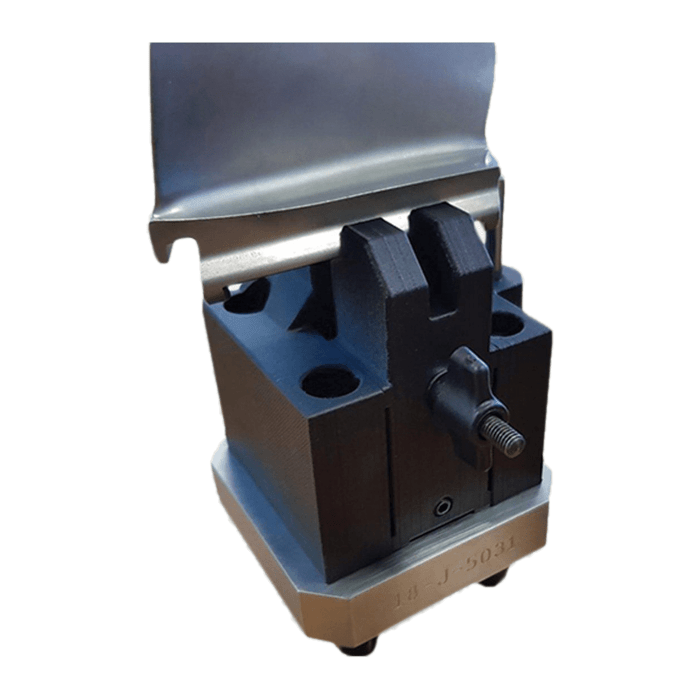
Closing Thoughts
Thank you for taking the time to join us in today’s blog post covering additive manufacturing in aerospace! Modern additive manufacturing is extremely flexible and can be highly beneficial to the overall product development cycle. From functional prototypes to end-use part replacements, the sky is certainly the limit for users who would like to have more control over their means of production.
Of course, there are many methods of 3D printing and even more material options, so if you have any questions on how additive manufacturing could benefit you, feel free to contact us today!


